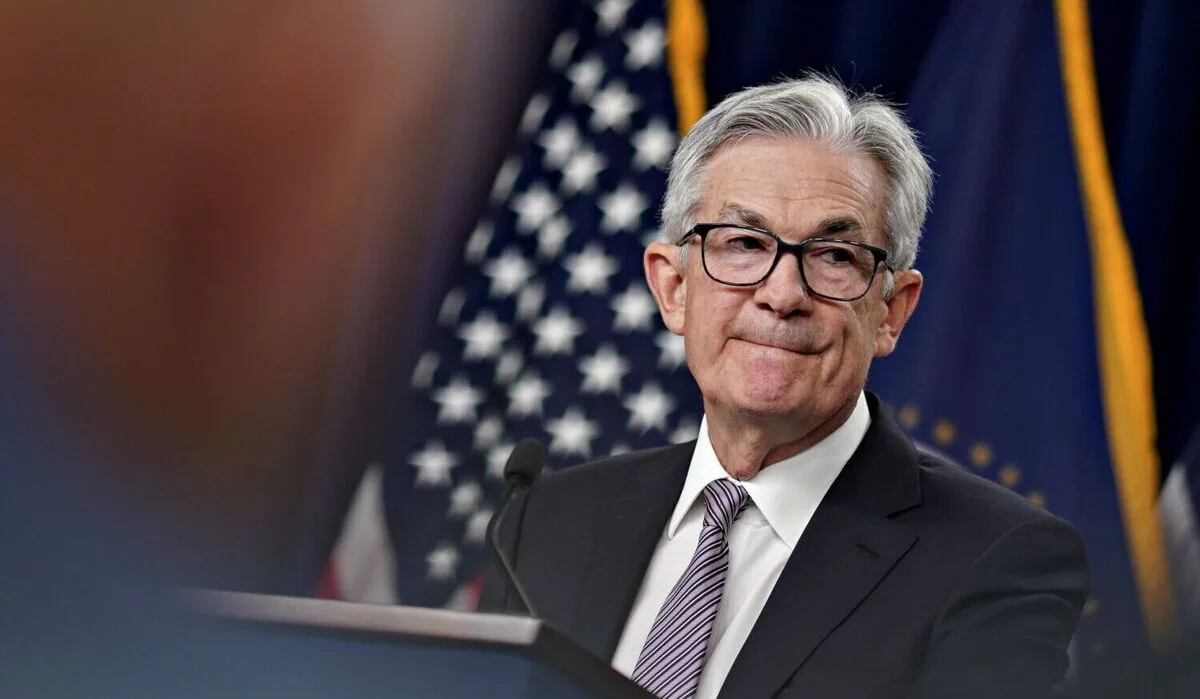The Federal Funds Rate and Its Impact on Markets
The Federal Funds Rate and Its Impact on Markets
What Is the Federal Funds Rate?
The Federal Funds Rate is the interest rate at which banks and other depository institutions lend money to each other overnight to meet reserve requirements set by the Federal Reserve. These short-term loans ensure banks maintain enough liquidity to operate smoothly. The rate is determined by the Federal Open Market Committee (FOMC), which meets regularly to assess economic conditions and adjust monetary policy.
As of early 2025, the Federal Funds Rate is likely in the range of 4.75% to 5.0%, based on recent trends, though you should verify the latest FOMC announcements for the exact figure. This rate serves as a benchmark for other interest rates across the economy, making it a powerful lever for controlling economic growth and inflation.
How the Federal Funds Rate Works
- Raising the Rate: When the Fed increases the rate, borrowing becomes more expensive. This discourages spending and investment, slowing economic activity and helping to tame inflation.
- Lowering the Rate: A lower rate makes borrowing cheaper, encouraging businesses and consumers to spend and invest. This stimulates economic growth, often used during recessions or periods of low inflation.
Impact on Financial Markets
1. Stock Markets
Higher Federal Funds Rates typically put downward pressure on stock prices. When borrowing costs rise, companies face higher expenses for loans, which can reduce profits and slow growth. Additionally, consumers may cut back on spending, hurting corporate revenues. Sectors like technology, which rely on cheap capital for innovation and expansion, are often hit hardest.
Conversely, lower rates tend to boost stock markets. Cheap borrowing fuels corporate investment and consumer spending, driving revenue growth. Growth stocks, in particular, thrive in low-rate environments as investors seek higher returns.
However, market reactions aren’t always straightforward. If the Fed raises rates to combat inflation, stocks might rally if investors believe the policy will stabilize the economy. Expectations and FOMC messaging often matter as much as the rate change itself.
Conversely, disappointing numbers can flip these dynamics, driving safe-haven demand for bonds or gold.
2. Bond Markets
The bond market is highly sensitive to Federal Funds Rate changes. When rates rise, yields on newly issued bonds increase, making existing bonds with lower yields less attractive. This causes bond prices to fall. For example, a spike in the Federal Funds Rate can lead to declines in Treasury notes and corporate bonds.
On the flip side, when rates fall, bond prices rise as investors chase higher-yielding older bonds. However, prolonged low rates can compress yields, pushing investors toward riskier assets like junk bonds or equities.
3. Currency Markets
The Federal Funds Rate also affects the U.S. dollar’s value. Higher rates attract foreign investors seeking better returns on dollar-denominated assets, strengthening the dollar. A stronger dollar can make U.S. exports more expensive, impacting multinational companies, but it also lowers import costs, benefiting consumers.
Lower rates weaken the dollar, making U.S. goods cheaper abroad and boosting export-driven industries. However, a weaker dollar can increase inflation by raising the cost of imported goods.
4. Commodities
Real-World Examples
- 2022–2023 Rate Hikes: The Fed aggressively raised rates to combat soaring inflation, peaking at 5.25%–5.5% by mid-2023. Stock markets, particularly growth-heavy indices like the Nasdaq, experienced volatility, while bond yields spiked, and the dollar strengthened.
- 2008–2009 Financial Crisis: The Fed slashed rates to near zero to stimulate the economy. This fueled a multi-year bull market in stocks and boosted commodity prices, though it took years for the broader economy to recover.
These examples show how the Fed’s actions reverberate across markets, often with global consequences.
What Investors Should Watch
For investors, understanding the Federal Funds Rate is critical for navigating market shifts. Here are key factors to monitor:
- FOMC Meetings and Statements: The FOMC’s decisions and forward guidance provide clues about future rate changes. Markets often move based on what the Fed signals, not just what it does.
- Economic Indicators: Inflation, unemployment, and GDP growth influence the Fed’s rate decisions. Strong data may signal rate hikes, while weak data could prompt cuts.
- Market Sentiment: Investor expectations can amplify or mute the impact of rate changes. If markets anticipate a hike, the actual announcement may have a muted effect.
Conclusion
The Federal Funds Rate is more than just a number—it’s a powerful tool that shapes the financial landscape. Its influence on stocks, bonds, currencies, and commodities underscores its importance for investors and policymakers alike. By staying informed about the Fed’s actions and their broader implications, you can better position yourself to navigate the opportunities and risks in today’s markets.
For the latest Federal Funds Rate and FOMC updates, visit the Federal Reserve’s official website. Stay curious, and happy investing!
Key Information :
- The Issuer : The Federal reserve;
- Date and time : 07 May 2025, 06:00 PM GMT;
- Previous data: 4.50%
- Expected data : 4.50%
- Next release: June 18,2025;
